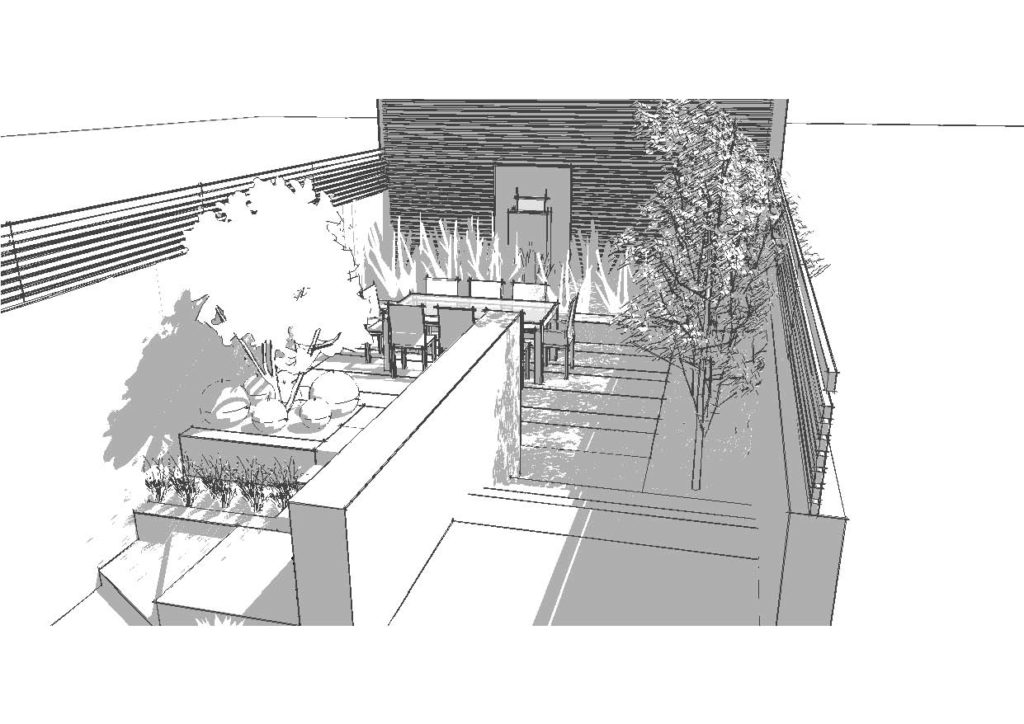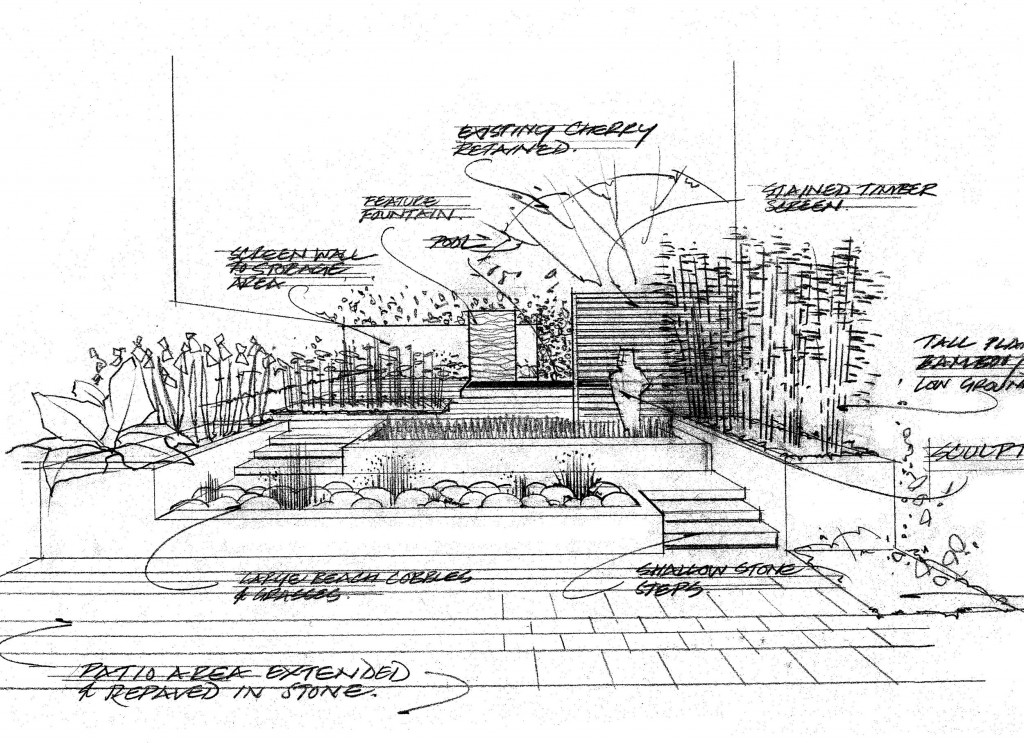 That was a quote from iconic designer Milton Glaser, the man who first came up with the ‘I [heart] NY’. Glaser was being interviewed on the subject of use of computers in design. By way of explanation, he went on to say ‘…I’ve been working with assistants who do [use a computer]. And I think it’s a terribly destructive instrument for people at the beginning of their professional life. But I think for people over forty, it’s a great instrument.’
That was a quote from iconic designer Milton Glaser, the man who first came up with the ‘I [heart] NY’. Glaser was being interviewed on the subject of use of computers in design. By way of explanation, he went on to say ‘…I’ve been working with assistants who do [use a computer]. And I think it’s a terribly destructive instrument for people at the beginning of their professional life. But I think for people over forty, it’s a great instrument.’
Let’s leave aside the arbitrary age of forty and examine the substantive issue here – are computers good for design? There is no doubt that there are some fantastic software packages available that make computers into very powerful tools. We use CAD (computer aided drafting) packages widely in our office. However, I am a great believer in starting the design process on a drawing board. For me, there is nothing like a large blunt pencil or a fat marker pen and a blank sheet of white paper.  Clearly there is a mark-making process going on here, and one should not be side-tracked too much by the drawing itself – although there is something about the smell of marker pens and the squeak of a pen on paper that takes me back. Perhaps that’s it – it’s just my generation? I am old enough to have started designing before CAD. I don’t think that’s all it is though; my feeling is that computers in general and CAD in particular focus attention on detail much too soon. As Milton Glaser put it: ‘The interaction between a sketch and the brain is such that you try something, the brain corrects it, you revise it, the brain corrects it. That dialectic is totally missing from the computer, because as soon as you have an idea, it becomes clear. There’s not enough fuzziness in a computer solution, so you figure it out too early, and what you get is a very well executed ordinary idea.’ I like that.
Clearly there is a mark-making process going on here, and one should not be side-tracked too much by the drawing itself – although there is something about the smell of marker pens and the squeak of a pen on paper that takes me back. Perhaps that’s it – it’s just my generation? I am old enough to have started designing before CAD. I don’t think that’s all it is though; my feeling is that computers in general and CAD in particular focus attention on detail much too soon. As Milton Glaser put it: ‘The interaction between a sketch and the brain is such that you try something, the brain corrects it, you revise it, the brain corrects it. That dialectic is totally missing from the computer, because as soon as you have an idea, it becomes clear. There’s not enough fuzziness in a computer solution, so you figure it out too early, and what you get is a very well executed ordinary idea.’ I like that.
But what of other programmes, such as Google SketchUp? SketchUp has revolutionised the design process for garden designers. We often use it in the early stages of design, especially for smaller gardens. We generally present the schemes at outline stage in a monotone or chalkline render so that clients do not take them too literally.

Using Monochrome render at the outline stage of design stops clients taking drawings too literally. But curves are more time-consuming in SketchUp so there is a tendency for schemes to be planar.
The ability to be able to produce 3D images quickly, to play around with the bulk and faces of forms, and also to be able to ‘enter’ spaces is invaluable. Nonetheless, the effect on the design process is not all good. Looking through the Garden Design Journal ‘Review of the Year’ over the last few years shows a clear increase in the number of schemes based on orthographic geometry – right angles to you and me. A plethora of white rendered walls, clipped hedges and architectural planting mean that many of the designs look just like their SketchUp models. Funny that. SketchUp doesn’t really do free forms and curves quite so easily.
Finally, once it is all designed, which is best: hand drawn perspectives or CGIs? To be honest, I don’t know the answer to this. Both get me excited. We use a rendering programme called Shaderlight, sold in the UK by ArtVPS. This is a truly brilliant programme, producing almost photo-realistic renderings from 3D input (like SketchUp) quickly, easily and cost effectively.
We find it works particularly well for roof gardens and courtyards. For bigger gardens it does sometimes struggle. However, not all clients like this look. We recently had two presentations on the same day. One client (Russian, roof garden in central London) absolutely loved the drawings. The second (architect, garden in Hampstead) hated them and wanted hand drawings. There is no doubt that really good hand sketches are a delight. So for the moment at least, we will keep doing both…
John Wyer



